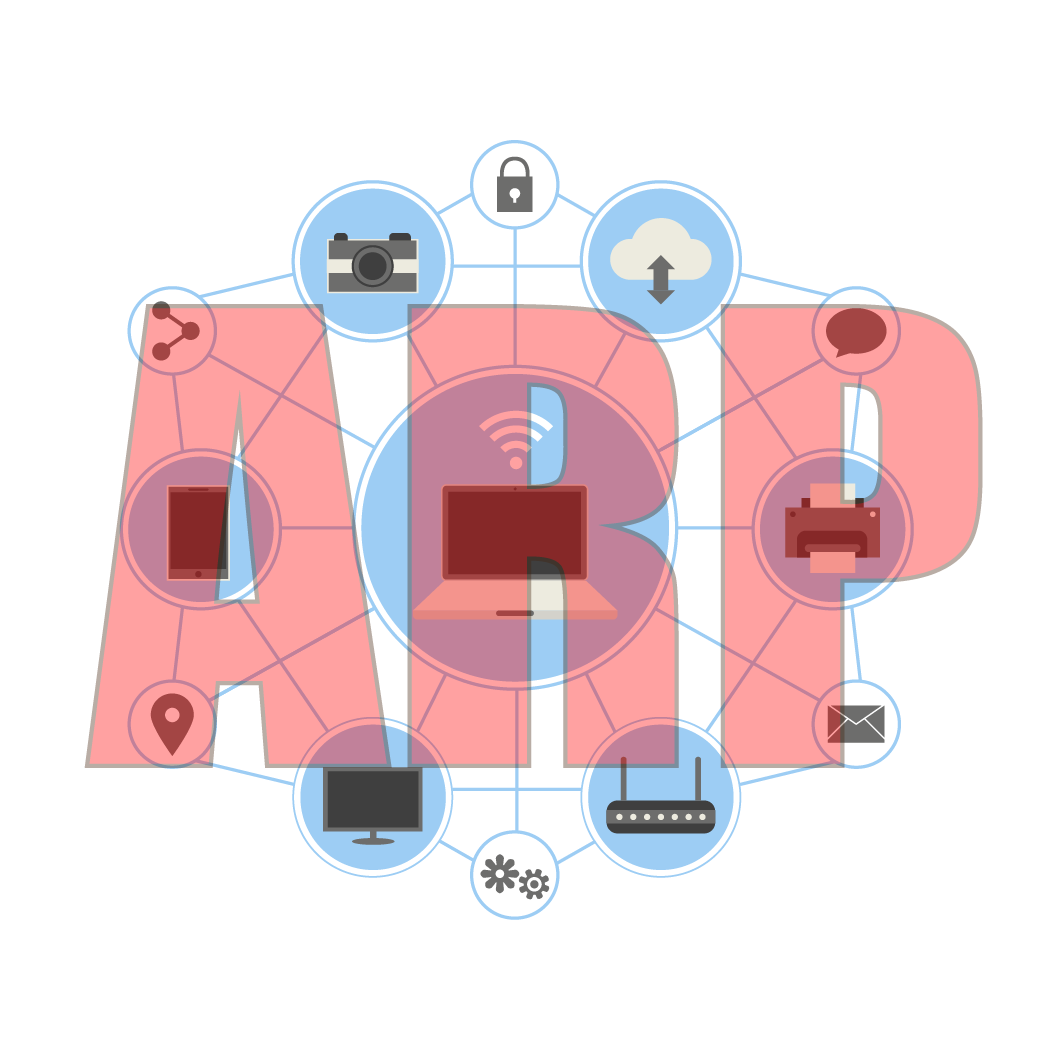

Then look at how they relate to specific OSI model layers, Layer 2-the data link layer, and Layer 3-the network layer.Ī MAC is a unique ID assigned to every network-connected device by its manufacturer.

We need to start with a quick explanation of what MAC and IP addresses are. This is to all devices in that specific subnet to determine what the receiver MAC address should be. Once a MAC and IP address pair is learned, it’s kept in the ARP table for a specified period of time. If there’s no record on the table for a specific IP address, ARP will need to send out a broadcast message. Each device that’s connected to a network has its own ARP table, and it stores address pairs that the specific device has communicated with.ĪRP makes it so pairs of MAC and IP addresses don’t need to be rediscovered every time data is sent. It’s used to record the discovered MAC and IP address pairs connected to a network. An ARP table is the method for storing the info discovered through the protocol.

This critical function allows for the discovery of a device’s MAC address based on its known IP address.Īn ARP table is the method for storing the info discovered through the protocol. In the typical TCP/IP stack, this binds the Ethernet and Internet Protocol layers. ARP (Address Resolution Protocol) is the protocol that bridges Layer 2 and Layer 3 of the OSI model.


 0 kommentar(er)
0 kommentar(er)
